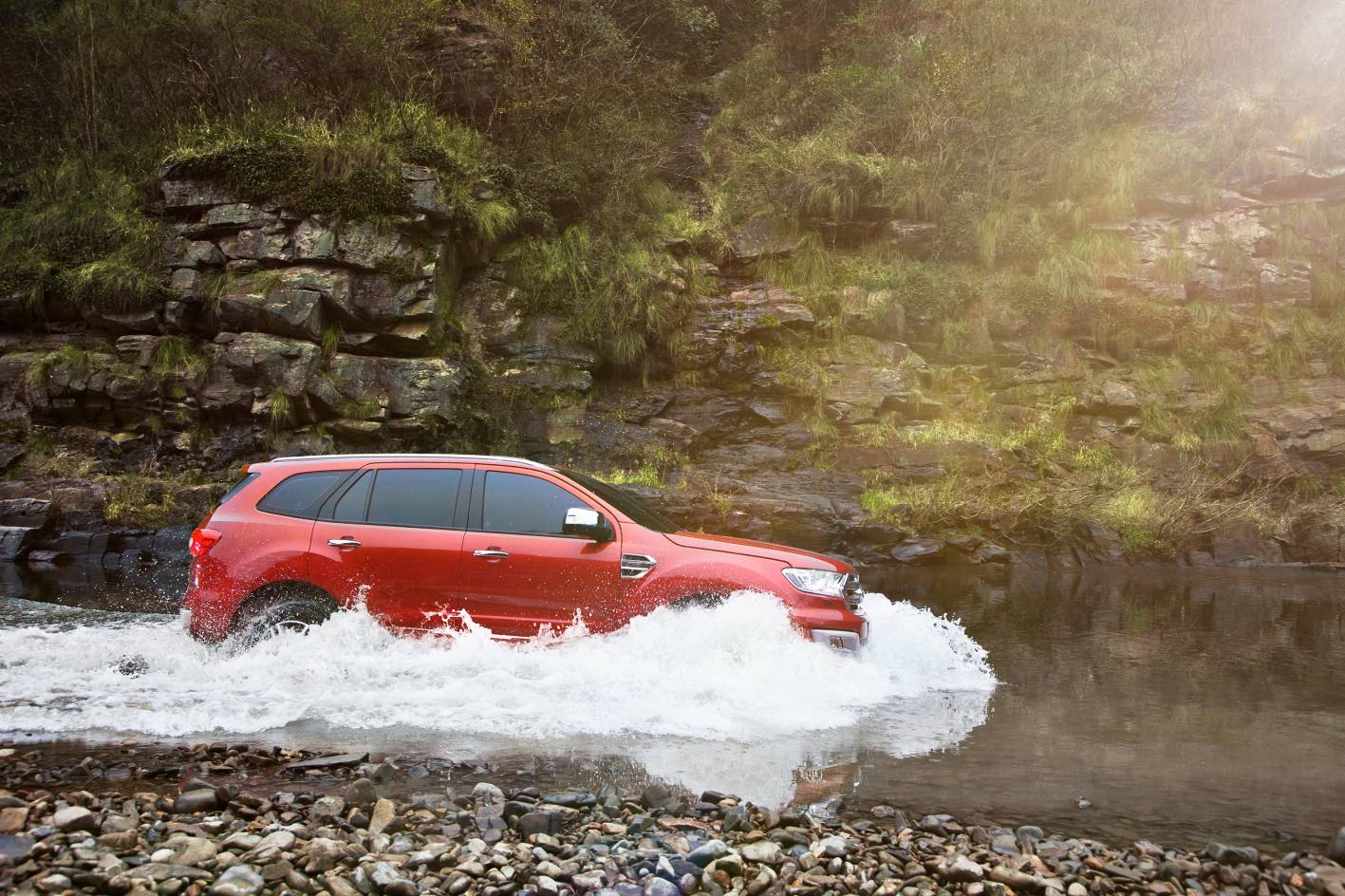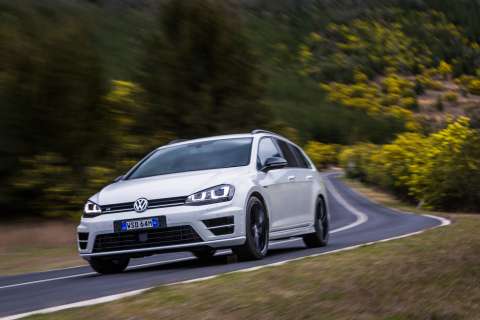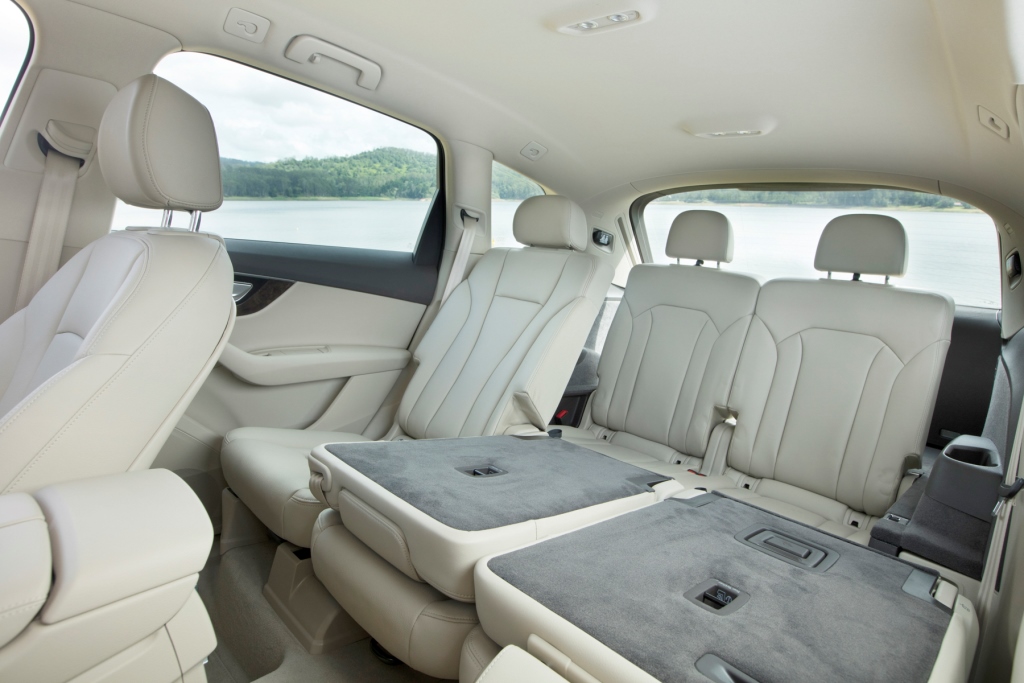https://soundcloud.com/db_drivenmedia/honda-jazz-dame-edna-look-a-like
In June this year, just before the launch of their new Jazz, Honda sales were 34% behind the same period last year and the month of June was even worse being nearly 39% behind June 2013.
Into this market, came the new Jazz with Honda predicting that they would sell 800 a month–and they have. From August to November, Honda has averaged 880 Jazzes a month. And now their city car, the car called City, which is the Sedan brother of the Jazz, is also selling well.
Honda is now only 20% behind in their year-to-date sales. The Accord and the CRV are the ones that are really pulling down their numbers. But back to the Jazz. Why is it doing so well? To find out I have on the line, motoring journalist, Alan Zurvas, from the website gaycarboys.com.
Alan, thank you very much for your time
Alan Zurvas: Thank you David. It is my pleasure.
David: Now the look of this, how does this appeal?
Alan Zurvas: I like the Look. It is very Japanese. There is a Japanese look. Every Japanese brand is pretty much the same. There that Dame Edna front with a smiley face and the big kind of lights at the side. They have the big lights at the back as well. It looks like a city car and pretty much all city cars look the same. I quite like alloys on the top m
David: It has a stubby nose but a very long sloping front windscreen to it and there are distinct lines down the side as well. I saw one the other day in the flesh and I think it looks better in the flesh than in the photos.
Alan Zurvas: Absolutely.
This is one of those cars when you look at the photos, pretty frankly it could go the other way, then when you had a look at it in the flesh and it is a completely different story. It really does look quite nice
David: Yeah I think it does have a nice sort of balance to it. The interior, the use of the space inside, it is pretty clever isn’t it?
Alan Zurvas: It is incredibly clever.
First of all there is that what they call the magic seat at the back and you can push it right out of the way, you can put tall things on the floor behind the driver. It has either 18 or 20 different configurations. They really pushed the bow out. It is the same with the previous model that has the magic seat as well.
It is very big inside. It feels really nice and roomy. The cabin feels like a good quality and I would almost go to say that the top model feels almost plush.
David: It is pretty good and I like the seat. They can fold flat on the floor too. It makes it really very usable, very easy to do. I think that even if you fold down the front seat you get about 1492 litres.
Alan Zurvas: That is right.
And it is also a 1490 usable litres because the car is quite boxy so you can fit quite a lot in. You do not have to push stuff into crevices. It is very handy in moving things. And in fact, we have moved stuff in a Jazz so it just shows how flexible they really are.
David: Yeah indeed, and given that it is the smallest Honda fitting in the light to micro sort of category of cars, it is pretty good in that regard. You were saying that the interior has a nice feel to it?
Alan Zurvas: I think so. I noticed with most car makers these days when they talk about leather, if they have full leather interior they will say so. If not, what that usually means is that you have a mixture of manmade and natural fibres. The front of the seats for example will probably be almost all leather. The rest will probably be what you and I use to call as pleather.
So the dashboard, maybe the doors, and things like that would be covered in this material that does a really good imitation of the real thing. I think that adds a touch of luxury.
David: Yeah, for a small car.
One, as we will to talk about in a while, price up to about $22,000-$23,000. It is pretty good. The engine and gearbox one standard engine for the normal petrol ones?
Alan Zurvas: That is right. It is the 1.5.
I do not mind it. It could do with a tiny little turbo. That is my favourite line. Whenever I do a review of a Honda, I ring Honda and I plead with them to just put a tiny turbo on it. So much so that Honda sent me and email the other day and they said “Here is your turbo.” So they have got one coming. Whether it is the City, I do not know.
As you know, most of the smaller city cars or even some of the big cars now have what we call CVTs. Let us think of CVT as an automatic transmission but it does not actually have any gears. It is a Continually Variable Transmission.
David: That allows them to pick an infinite number of ratios between the lower and upper limit.
Alan Zurvas: That is right so you put your foot down at the lights and the engine revolutions goes up and then they stay there. It is an odd feeling for anyone that is used to a regular transmission or to a manual. The car just picks up speed but the engine revolutions kind of stays the same.
David: What it means is that the revolutions that you are at you have no idea what that means in terms of the speed that you are going. You really do need to look at the speed up.
Alan Zurvas: None whatsoever.
You got to keep an eye on that dash. You have to make sure that you are going over the speed limit by the time you get to the other side of the intersection. So I think you are fairly safe with the Jazz and a City.
David: A good economy to.
Alan Zurvas: That is right.
And on that note they are actually fairly economical. I will say that for them.
David: It is about 5.8 l/100 km. That’s pretty good for a little car like that.
Alan Zurvas: It is.
Most of those claimed figures you rarely get that in real life because obviously you got a measure oranges with oranges so they go ahead and have a certain set of procedures that they run every single car through. So that when you say that this is doing 5.5 and you know that another car is doing 5.5 it was under the same circumstances.
David: It is a very laboratory test rather than the practical real life test.
Alan Zurvas: There are men in white coats involved. I suspect they have in shandies as well but there you go.
David: Did you enjoy driving it?
Alan Zurvas: I did.
There are a few things before I go on to the drive that I probably should mention.
Honda bought up a little while ago now, I first saw it in the Odyssey, so the people mover, a new entertainment system. It is touch screen. In the Jazz there is also touch controls for the air-conditioning and so forth. I think that it is absolutely fantastic.
There are no tactile setbacks so you have to look at it. That is one little draw back. But other than that it is a brilliant system and also the sound coming from the speakers is actually pretty good also for an inexpensive entry level car.
The only drawback and you find this when you take it for a drive is that all the models can have satellite navigation but it is an application on your phone.
David: So you plug your phone in and it just then shows up on the screen what the phone is doing.
Alan Zurvas: If only it was that easy. I understand that Mercedes is bringing up next year a system that will completely mirror whatever phone you have got. But for a time being this is a partial mirror and you need an application as bridge and then you need an application for whatever it is that you want to run. That is for a bridge to Honda and then an application for navigation and so forth.
Frankly I can never get it working.
David: It is good that you were saying that the stand-alone system in the car is not bad but the one in linking it to the net-set-navigation is a bit of difficulty. I think that we have just got to get better and better at that so that people can use them more easily.
Alan Zurvas: I think we will.
The other thing is as you know, most humans are the same but if something is not easy to use, rarely will they persevere with it. So if you cannot just plug it in, press one or two buttons and go off, then that is it, you will not use it. In this case, probably what I would do is just get a holder with my phone like what I would do with a car with no sat nav, and just use the phone instead.
David: Yeah just go straight with the phone.
Alan Zurvas: Yeah go straight to the phone.
As for the drive, I describe it as nippy. I like the power plant very much. It is willing. It is a very predictable feel to it CVT withstanding. The reason for that is that I think the CVT makes an engine feel a little bit unpredictable. In a manual, I know exactly what I am doing and I know exactly what the engine is doing.
David: I found the suspension just a little bit mushy. It is not quite as I tight as some of the other things like the Mazda that is its competitor.
Alan Zurvas: Very much so.
What I did to assess and I have a certain route that I take most cars on. If it is a sporty job I will take it down to the national park with some beautiful bends in there. It is really a beautiful part of the country. So I thought that I will take the Jazz down there.
It is not really its forte. Its forte is nipping around the city, parking in at Coles and going and doing a spot of shopping or just for taking a couple of chums to the Pub or whatever. That is what it is good at. It is really not a sports car and it was never designed to be a sports car. As you go around the corner you feel like it is going to tip over. But it does not let go but it feels like it is going to.
David: Yes.
And then briefly what does the prices start at, the base model manual?
Alan Zurvas: Excluding on-roads. According to Honda’s website, no this is with on roads it starts with $16,990 for the automatic. And it was $14,990 I think for the manual. You might have the figures in front of you.
David: That is right. It was $14,990 for the manual but I think that might still need on roads to that. And then the midrange one was about $19,790. That is the VTiS.
Alan Zurvas: With on roads, I got that at $22,945 depending on what state you live in. In New South it was $22,945.
David: The top of the range is about $22,490 plus on roads.
Alan Zurvas: With the on roads, Honda has got it about $25,726.
David: It is important to realize just how much those on roads cost. It is 10% or more you are adding to it. There is also a hybrid. I have not driven the hybrid but that was about $23,000 plus on roads.
Alan Zurvas: That is right.
I have not driven this model but I did drive the one before it and it was pretty much like any other hybrids. Honda hybrids obviously operate a little bit differently to most of the other hybrids on the road. You cannot use it in just pure electric mode which is a bit of a shame.
Overall I liked the feel and I liked the look. For the price, I think the top ones are probably getting on for a little bit too pricy. I would like to see that a little bit lower. But certainly the bottom level one I think is excellent.
David: All right. That is lovely Alan.
Thank you very much for your time.
Alan Zurvas: You are most welcome David. Thanks for having me.
David: And that is motoring journalist, Alan Zurvas from the website gaycarboys.com talking about the Honda Jazz.






